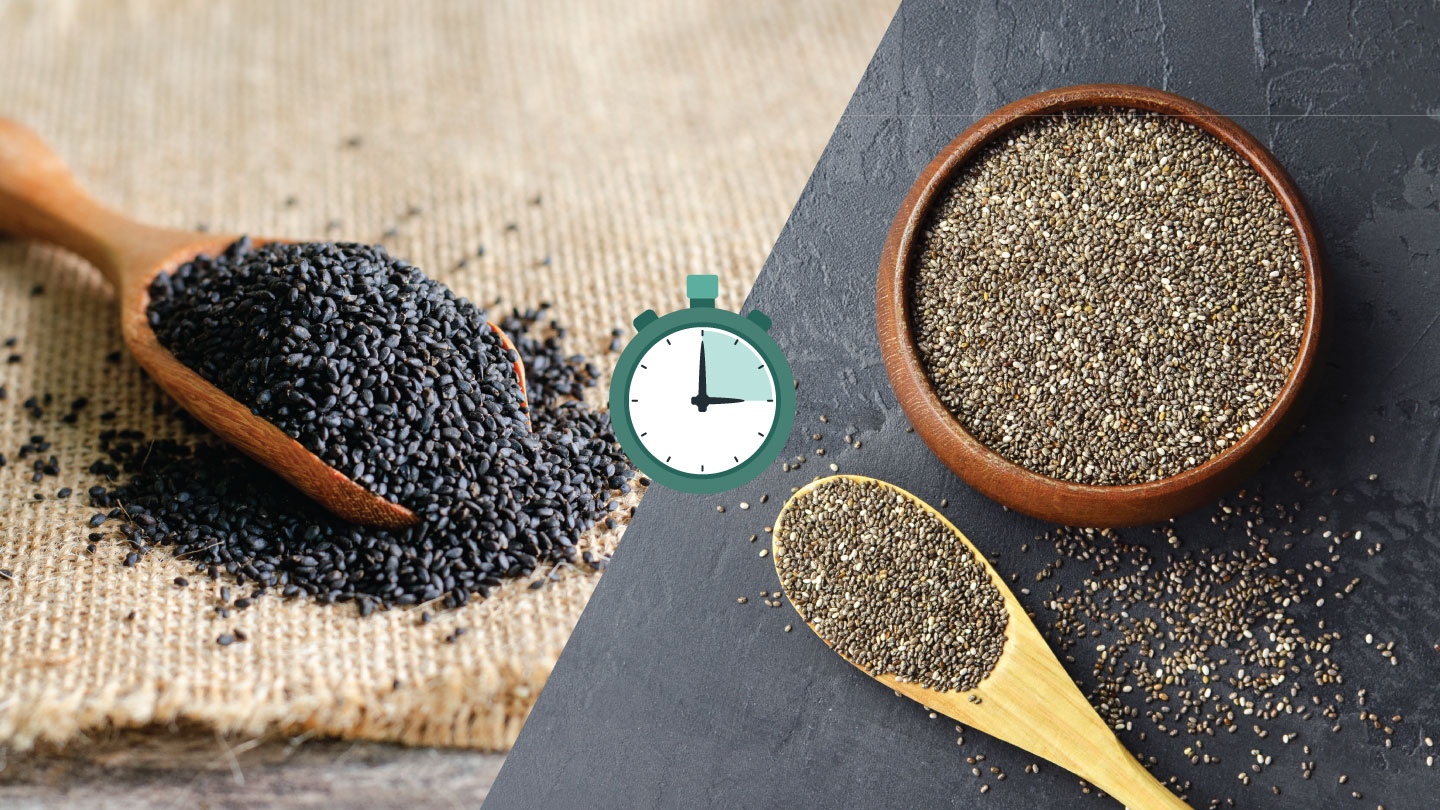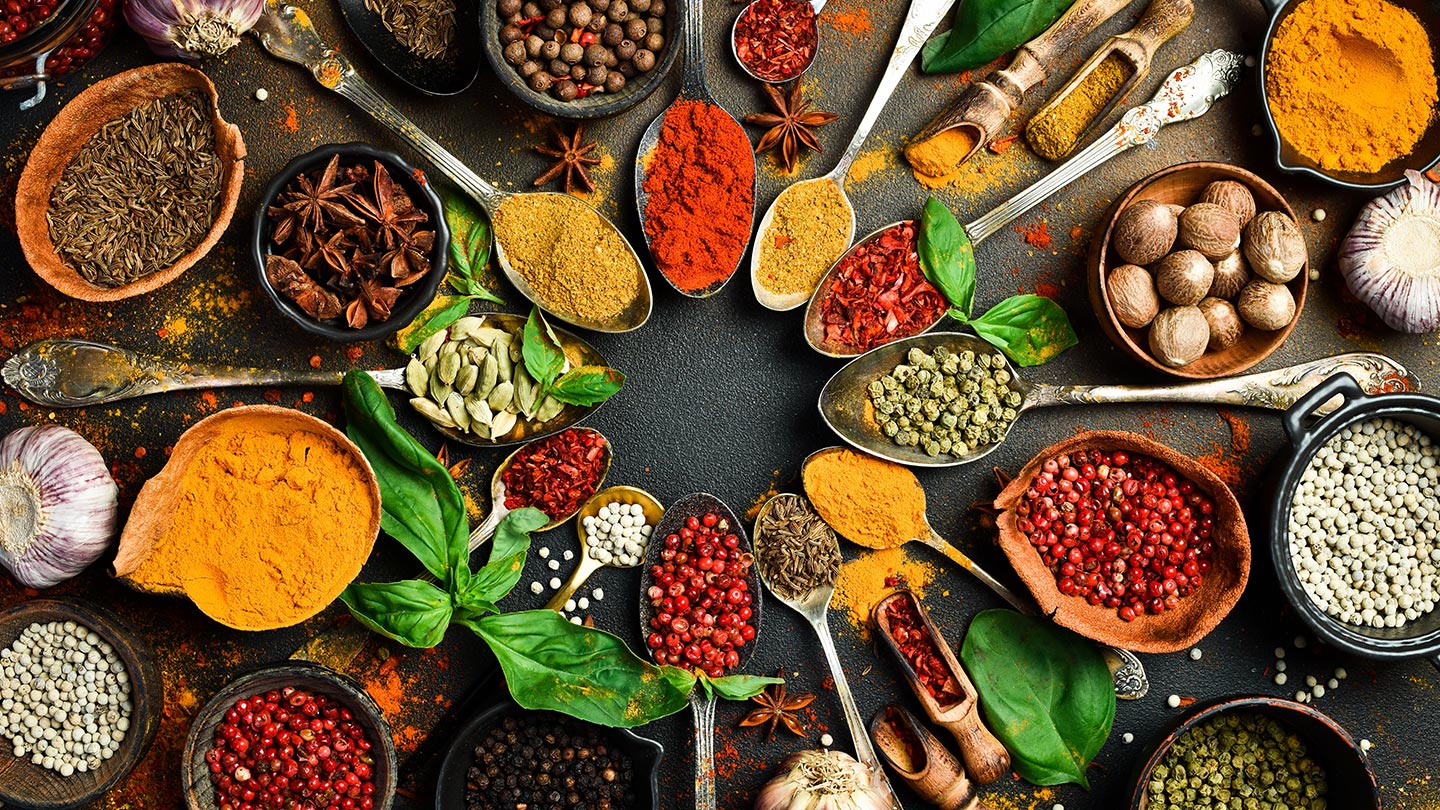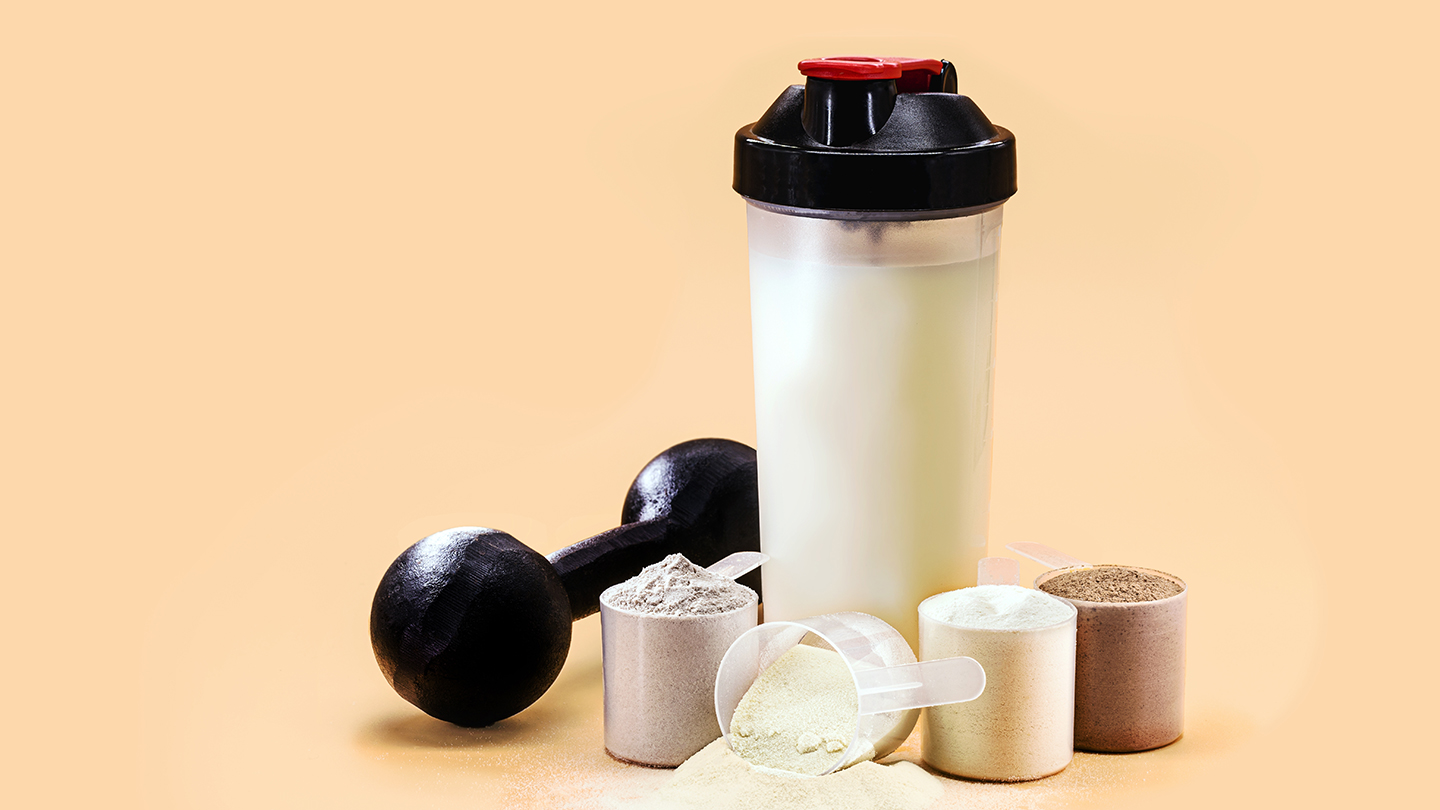Nutrition
The More Variety You Eat, the Stronger Your Gut Becomes
A colourful, diverse diet, especially one that includes local and seasonal foods, helps your gut microbes stay balanced, resilient, and ready to protect your health.
.jpg)
We often hear about eating clean or healthy, but rarely about eating a diverse diet. Yet, diversity might be the missing piece in the conversation about gut health. Scientists refer to it as dietary biodiversity, the range of different foods you consume over time, and research suggests it could be one of the simplest ways to build a stronger gut.
Related story: Nutritionist-Approved 5 Powerful Food Combinations for Breakfast
What Exactly Is Dietary Biodiversity?
Dietary biodiversity refers to the inclusion of a diverse range of plant and animal foods in your meals. It’s not about quantity, but variety—different grains, pulses, vegetables, fruits, nuts, herbs, and spices. For example, rotating spinach with mustard greens or amaranth leaves provides your gut with a richer mix of nutrients and fibre.
A study published in Frontiers in Microbiology (2020) found that the diversity of gut microbes rises with the diversity of foods consumed. Just like an ecosystem thrives when it has many species, your gut works best when it hosts a broad community of microbes.
Related story: Customised Nutritional Plans Can Boost Employee Health, Here's Why
Why Your Gut Loves Variety
The human gut is home to trillions of microbes that help digest food, regulate the immune system, and influence mood. Each of these microbes thrives on different nutrients. When you eat the same meals day after day, such as rice, dal, and one or two vegetables, you end up feeding only a handful of microbial types. Over time, that limits microbial diversity.
When your diet is varied, with different fibres, colours, and textures, you feed a wider range of bacteria. These bacteria then produce short-chain fatty acids (SCFAs), which lower inflammation, support metabolism, and protect your gut lining. A 2022 study in The American Journal of Clinical Nutrition observed that people with more varied diets had more stable gut microbiomes and lower inflammation levels.
Related story: How To Spot Common Nutritional Deficiencies
Seasonal and Local Foods Make the Difference
One of the easiest ways to bring diversity into your diet is to eat with the seasons. Local, seasonal produce comes with its own set of beneficial microbes and plant compounds that your body hasn’t seen all year. Traditional diets in India were naturally biodiverse, think of a thali filled with grains, lentils, vegetables, pickles, and yoghurt. Each dish contributed different fibres, antioxidants, and microbial species. Over time, convenience foods and repetitive eating patterns have narrowed that range.
Research supports this finding: a 2017 study in Frontiers in Microbiology found that rural communities consuming minimally processed local diets had significantly higher gut microbial richness compared to urban populations eating standardised, packaged food.
Related story: Should I See A Dietitian Or A Nutritionist?
Fermented Foods Add a Microbial Boost
Fermented foods, such as curd, buttermilk, dosa batter, idli, kanji, and kimchi, are other forms of dietary biodiversity. They introduce live, beneficial microbes directly into your gut. In a 2021 clinical trial conducted by Stanford University, participants who followed a diet rich in fermented foods for ten weeks exhibited a significant increase in gut microbial diversity and a decrease in inflammation markers.
You don’t need expensive probiotic capsules. A spoon of homemade dahi or fermented chutney daily can make a quiet but powerful difference.
Related story: Fermented Foods To Improve Gut Health
Small Changes That Build a Diverse Plate
Building biodiversity into your diet doesn’t require a complete overhaul. A few conscious shifts can help you move closer to a gut-friendly mix:
- Aim for more plant species. Try hitting 25–30 different plant foods a week. That includes fruits, vegetables, grains, pulses, herbs, and seeds.
- Shop local and seasonal. Each season brings new plant compounds and microbes, such as gourds in the monsoon, root vegetables in winter, and mangoes and greens in summer.
- Rotate grains and pulses. Try substituting rice or wheat with millets, barley, or sorghum occasionally. Change your lentils, moong, masoor, toor, and chana.
- Add fermented foods. A cup of curd, a spoon of pickle, or fermented dosa batter can provide beneficial bacteria.
- Use herbs and spices creatively. Turmeric, cumin, coriander, and black pepper do more than add flavour; they carry polyphenols that feed good microbes.
It’s about adding small layers of diversity, one meal at a time.
Related story: A Nutritionist’s Guide to Foods That Nourish Your Brain and Mood
The Bigger Picture: Beyond Digestion
Gut diversity influences far more than how well you digest food. A balanced, varied microbiome supports your immune system, regulates metabolism, and even affects mental health through the gut–brain axis.
In 2024, a large-scale analysis published in Clinical Nutrition found that higher food biodiversity was linked to a lower risk of gastrointestinal cancers. That means the range of foods you eat today can shape your long-term health outcomes tomorrow.
Related story: Healthy Foods You Should Always Have On Your Shelf
Think of your gut like an ecosystem. The more species it supports, the better it handles stress and imbalance. Start by widening your food choices, not drastically, but intentionally. Try one new vegetable each week. Add a handful of different grains. Experiment with herbs or local greens. Over time, you’ll develop a naturally rich and varied diet that supports a thriving gut.
Get a personalised diet plan created by experienced nutritionists to help you reach your health goals and make smarter food choices every day.
EXPLORE MORE
Tiny seeds, big benefits: One’s for quick cooling and the other for sustained fuel. Read on to figure out which seed to reach out for!
Some Indian spice pairings don’t just make food taste good; they actually help each other work better inside your body.
The art of cooking food in leaves, from banana and turmeric to sal and jackfruit. It’s a science of nourishment, sustainability, and subtle healing.
You’ve seen it on every nutrition label. Now it’s time to decode maltodextrin.












